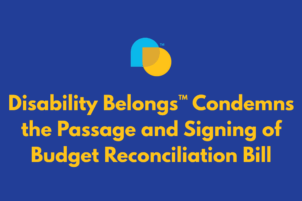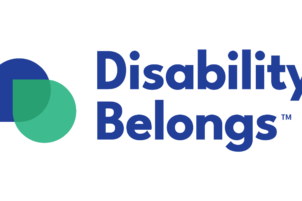
Joy St. Juste
“The reason I have such an intimate knowledge of Mexican history and culture is because of my having ADHD.”
Happy Hispanic Heritage Month, and for my fellow Mexicanos, “Feliz Día de la Independencia y Viva México.” Contrary to what you might have been led to believe, when it comes to Mexican holidays, Cinco de Mayo doesn’t even come close to bringing the level of exuberance and jubilation that Día de la Independencia or 16 de Septiembre does for the Mexican public.
For me, this holiday is usually a time of reflection on my identity as a Mexican-American, and how my relationship with my ancestors has led me to where I am today. Since this is my first year in my position at RespectAbility, I’m taking the opportunity to think about what it means to hold the layered identities of being Mexican-American and disabled. In fact, I recently came to the realization that the reason I have such an intimate knowledge of Mexican history and culture is because of my having ADHD.
When I graduated college with a degree in journalism and without an ADHD diagnosis, I landed what I thought was a dream job as an editorial assistant with a prestigious news wire service. I was creative and eager to contribute, but I kept getting dates and deadlines wrong in the calendar and making many small mistakes despite all my best efforts. I was let go before their trial period ended and I was fairly devastated, so I decided to move to Mexico to work for a small English language newspaper near my grandmother’s hometown. There I was able to sharpen my creative skills, get to know my relatives, and attend many holiday celebrations, including “El Grito” in Mexico City. Now that I have a diagnosis and know exactly why my first job wasn’t the right one for me, I wish I could go back in time and help my younger self get a diagnosis and some accommodations.
According to data from the Annual Disability Statistics Compendium, there are 3,420,356 working-age Hispanic/Latinx Americans with disabilities. Out of that number, 1,375,284 have jobs, putting their employment rate at 40.2 percent. At the same time, Hispanic/Latinx Americans without disabilities had an employment rate of 72.8 percent. That means there is a 32.8 percentage point gap in employment rates between Hispanic/Latinx people with and without disabilities.
How many Hispanic/Latinx Americans are like me and simply not aware of what might be holding them back? Or how many would thrive with appropriate accommodations? I hope you’ll join me in spending some time this month focusing on how we can better serve this community.







